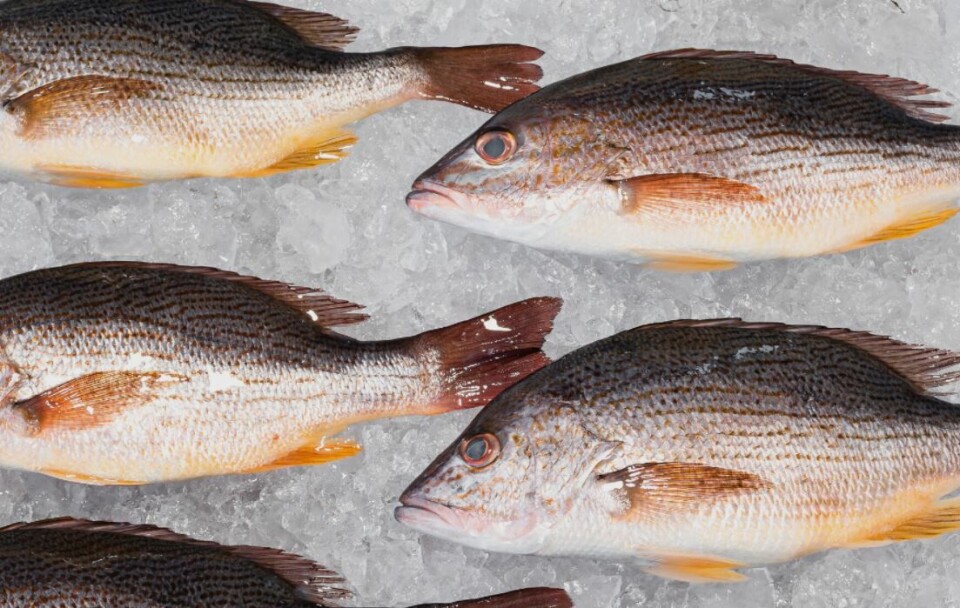
Xelect and Martec develop world-first programme for spotted rose snapper
Scottish aquaculture genetics services supplier Xelect is partnering Costa Rica fish farmer Martec to create the first large scale genetic breeding programme for spotted rose snapper (Lutjanus guttatus).
The partnership will allow Martec to introduce advanced modern genetic techniques, balancing pedigree control and inbreeding with continuous gains in important traits through selective breeding, St Andrews-based Xelect said in a press release. This will be critical as Martec ramps up production to 10,000 tonnes per year.
Xelect’s breeding programme manager, Dr Carlos Diaz Gil, said: “The first step is developing a bespoke genetic marker panel for Martec, which allows them to analyse genetic relatedness.
“We’ll then effectively work as an in-house genetics department for them, analysing hundreds of thousands of possible breeding combinations to create the best possible improvements in key traits.”
21st-century technology
Martec’s technical director, Tony Broadhurst, said: “After more than a decade applying traditional methods, we’re starting to use 21st century technology to choose the best fish for breeding our future generations”.
Xelect chief executive Professor Ian Johnston sees the Martec partnership as part of a rapid shift towards genetics becoming the norm for producers of all sizes.
“In the last couple of years, we’ve increasingly been seeing all the main producers switching to genetics-backed breeding. It’s not just the traditional favourites like salmon, bass and bream - we’ve recently begun work on a whole range such as rohu carp, tilapia, and pangasius. The whole industry is waking up to what’s possible.”
Martec’s hatchery produces 6 million fingerlings a year and is expected to produce up to 24 million at full capacity. The fingerlings are transferred to pens three miles off the coast and take a year to reach harvest weight of 500g.






















































